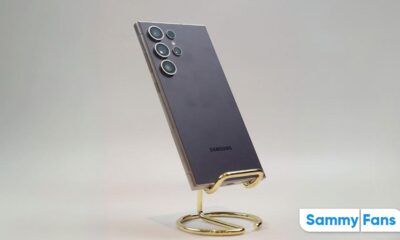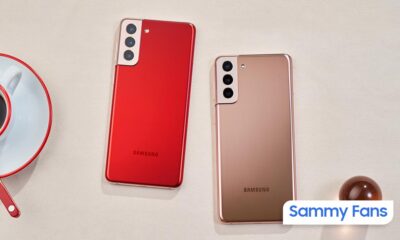
Samsung Display to get MiniLED from Seoul Semiconductor
Seoul Semiconductor has entered Samsung’s supply chain for MiniLED. Although, the volume is currently small but could drive bigger collaboration between the pair in MiniLED and MicroLED in the future, reports TheElec.
According to the info, Seoul Semiconductor supplied its MiniLED to Samsung for use in Neo QLED TVs, which comes with MiniLED technology. However, the Korean tech giant has previously ensured its MiniLED from China’s Sanan, which still supplies MiniLED more than the new partner.
Aside from this, Taiwan’s Epistar and PlayNitride were also the possible manufacturers to enter Samsung’s supply chain. However, both of the companies decided to focus on other customers such as Apple. Even, Sanan also reportedly offered its MiniLED at more affordable prices to Samsung.

With Seoul Semiconductor and Sanan MiniLED, Samsung can respond more flexibly to market conditions. For Seoul Semiconductor, which is heavily promoted by Neo QLED TV brand Samsung, the supply can promote higher sales growth.
Samsung praised its Wicop technology as more advanced than traditional chip-scale packages. Using Wicop technology, LED chips can be directly installed on the assembly line to meet packaging requirements. Therefore, Seoul Semiconductor claims that this technology can be used for miniLED and microLED production.
In the meantime, the South Korean tech giant is preparing to implement its newly developed one chip transfer technology in MicroLED TV production within the first half of the year. Having an RGB one chip allows for fewer steps in the production process, which leads to an increased yield rate.
After the chip is moved, the number of repairs required is also reduced, allowing Samsung to reduce the price of its MicroLED TVs. Currently, the cost of MicroLED TVs exceeds 100 million won. The company expects shipments this year to be less than 1,000. Samsung uses LED chips produced by PlayNitride and Sanan for TheWall Micro LED TV.
STAY CONNECTED WITH US:
- Join SammyFans on Telegram
- Like SammyFans.com on Facebook
- Follow SammyFans on Twitter
- Get the latest insights through Google News
- Send us tips at – [email protected]
Business
Samsung leads Q3 smartphone market, Huawei’s entry haunts Apple
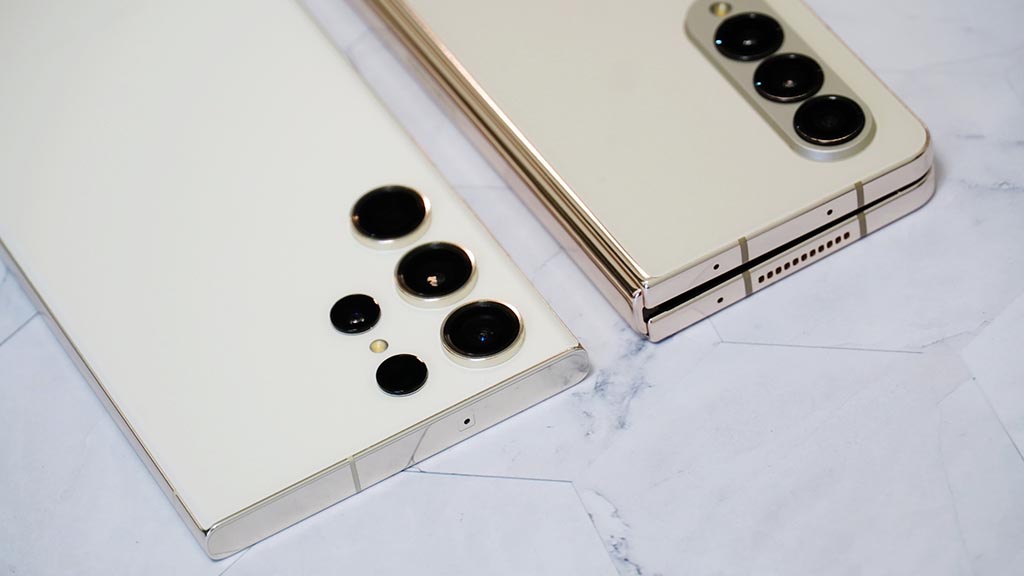
Samsung ranked first in market share in the global smartphone market in Q3, 2023. TrendForce report says that Samsung led the global Q3 smartphone market, recording a market share of 19.5%.
Overall production in the third quarter increased by 11.5% compared to the previous quarter to 60.1 million units. During the same period, Apple’s production increased by 17.9% to 49.5 million, thanks to iPhone 15.
Follow our socials → Google News | Telegram | X/Twitter | Facebook | WhatsApp
Third place was taken by Xiaomi (13.9%), followed by Oppo (12.6%) and Transion (8.6%). 6th place is Vivo (8%). Meanwhile, global smartphone production reached 308 million units, a 13% increase compared to the previous quarter and a 6.4% increase from the previous year.
Huawei’s re-entry into the flagship smartphone market targeting Apple has had a significant impact in China. Huawei is aiming to expand its high-end flagship series, focusing on the Chinese domestic market next year, so Apple “We plan to attack directly”.
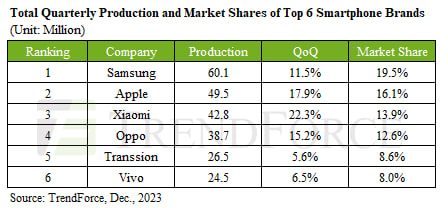
// Source
Business
Underdog phone brand jumped 50%, Samsung and Apple lost ground
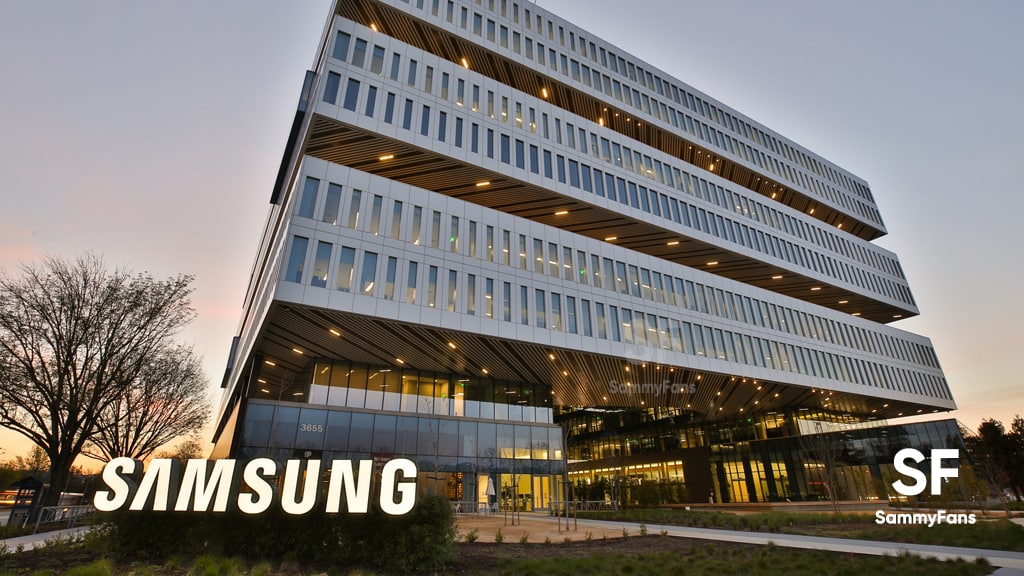
In Q3 2023, Samsung and Apple’s market share slightly declined, while an underdog Chinese phone brand appeared on the top 5 chart. In a recent development, Canalys published market research data for the third quarter, revealing Tanssion as the fifth best-seller globally.
According to the info, Samsung and Apple lead total sales with 20% and 17% market share, yet both have fallen from their 22% and 18% levels in 2022. However, Tanssion, the maker of Tecno, Itel, and Infinix phones, climbed from 6% global market share last year to 9% in 2023, a 50% jump.
Follow our socials → Google News | Telegram | X/Twitter | Facebook | WhatsApp
Apart from this, Xiaomi matched last year’s share only by “recovering” from a terrible first half of 2023. At the same time, OPPO has fallen steadily over the past two years, while fellow BBK brand vivo lost the top-5 slot it’s owned for years.
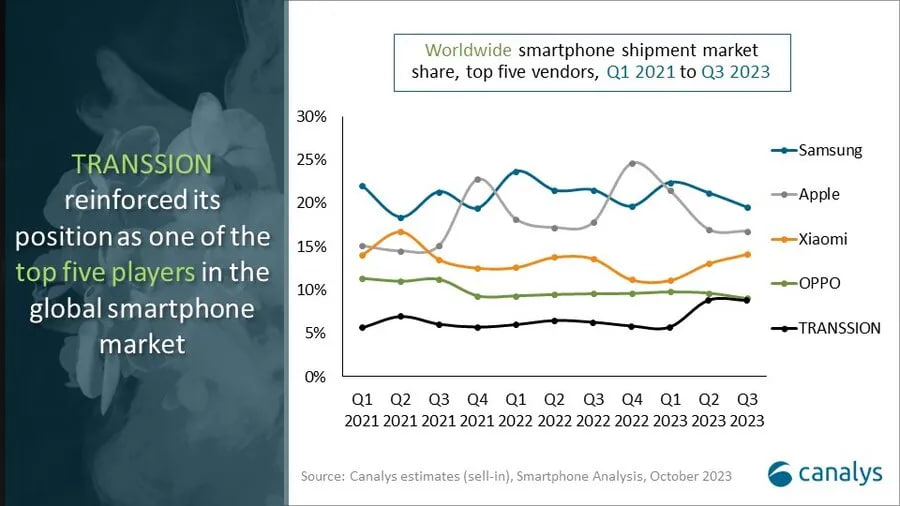
Overall, the global smartphone market underwent a slight drop of 1% in Q3 2023. Bolstered by regional recoveries and new product upgrade demand, the smartphone market recorded a double-digit sequential growth in Q3, ahead of the sales seasons.
Business
Samsung enjoyed 2023’s last victory over Apple?

Recently, research agency Counterpoint Research published their latest analysis. The report reveals that Samsung continued its leadership in the third quarter of 2023, while Apple remained in the second spot. However, both OEMs faced a decline of 1 percent year over year.
According to CR, slower consumer demand is the main factor in the dwindling sales. The market did see a slight 2 percent growth in Q3 compared to Q2, likely driven by last month’s iPhone 15 series launch. Samsung secured 20 percent market share, while Apple grabbed 16 percent sales.
Follow our socials → Google News | Telegram | X/Twitter | Facebook | WhatsApp
The Galaxy A-series was the key driver for the South Korean smartphone maker. Apple came in second with 16 percent of the market while Xiaomi rounded out the top three with its 12 percent share. Oppo (10 percent) and vivo (8 percent) were the remaining brands in the top five charts.

The newly released iPhone 15 series will help Apple score a lead over Samsung in the fourth quarter of the year. The results will arrive by early next year, and it’s expected that the US phone maker could surpass Samsung. Major camera upgrades and USB-C helped Apple register strong sales.







